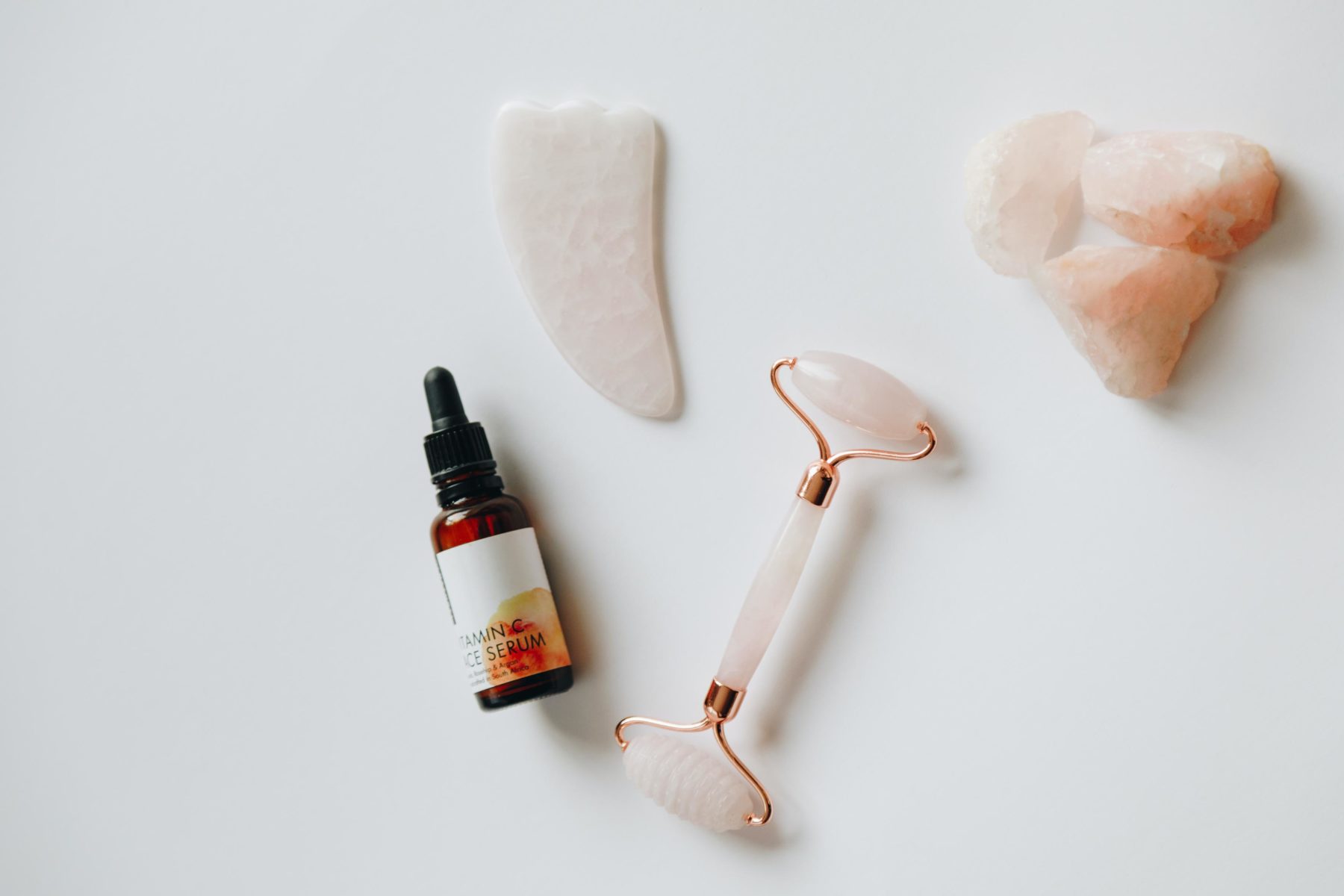The Great Gua Sha

Last year was one of extraordinary changes. Our health and way of life are now the subject of intense scrutiny to not only our healthcare professionals but also to our families, friends and total strangers. We now have to ask ourselves, “Am I really healthy?”
This question is a central theme in Traditional Chinese Medicine (TCM), as part of keeping the mind and body in good condition, regardless of new and recurrent environmental illnesses. You’ve probably already heard about three of TCM’s modalities: acupuncture, herbal medicine and qigong. The fourth mode of practice, bodywork, is still probably somewhat of a mystery.
Bodywork is just that — work on the physical body. The modality encompasses a number of methods, the most well-known arguably being cupping, popularized by Olympic athletes and celebrities for its ability to combat muscle soreness and other musculoskeletal ailments. If that looks too intense or just isn’t your thing, then you should get to know its twin brother: gua sha.
Guā Shā (刮痧) is controlled scraping of the skin with a tool to encourage the release of shā, a classical description of what is now termed as petechiae or pinpoint red/purple dots. This may look like a red rash, but don’t be alarmed. This redness is microcirculation of blood in the hypodermis, the layer of skin just above your muscle. This controlled scraping also aids the movement of interstitial fluid, a transport medium carrying nutrients throughout the body and cellular waste into the lymphatic system for proper disposal.
Gua sha’s effects on the blood are also found to encourage the production of HO-1, an enzyme known for its antioxidant and anti-inflammatory properties. The stimulation of this enzyme is also thought to explain gua sha’s positive effects on integumentary (skin), respiratory and musculoskeletal issues.

Gua sha tools vary by intended purpose and time period. In ancient times, TCM physicians performed scraping with riverbed stones and animal horns that were smoothed down. Today, the main tools of choice are made of jade and stainless steel that are molded into various shapes for different body areas. A jade roller is an example of a tool used on the face and neck areas that require lighter pressure and can be used at home with proper instruction. Coins and ceramic soup spoons are also used, but you may find these in more casual settings. Do you know how to discern quality jade? While it comes in various colors, it is always cold to touch and feels smooth like a new bar of soap.
So just who can get a gua sha treatment? Everyone! Men, women and children can have treatments tailored to their unique needs. As with any therapy, it is best to visit a Chinese medicine practitioner for your first gua sha experience. Practitioners often mix gua sha with acupuncture and/or cupping for a comprehensive treatment. The technique itself is not painful, but people might experience some soreness or pressure as the body tissue is manipulated. Yet the feeling of release in the days that follow is incredible. Your body will thank you for it.
About the Authors
Xiaotian Shen, M.D., MPH, LAc, is the clinic supervisor for the Department of Acupuncture at AOMA Graduate School of Integrative Medicine. Dr. Shen also serves as a member of the NCCAOM exam-writing committee and is a certified examiner of Clean Needle Techniques. He also serves as a site visitor for the accreditation commission.
Justin K. Joe is a practicing senior intern at the AOMA Graduate School of Integrative Medicine. Traditional Chinese Medicine (TCM) marks a reconnection to his personal ties with China and East Asia, as well as experiences growing up as a doctor’s son. He aims to strengthen the integrative medicine paradigm to break new ground for TCM and its modalities, solidifying their reputation as a viable resource to a healthy and happy life. His practice includes acupuncture, herbal medicine, auricular therapy and bodywork focusing on pain management, mental health, digestive and hormonal maintenance and fertility support.






